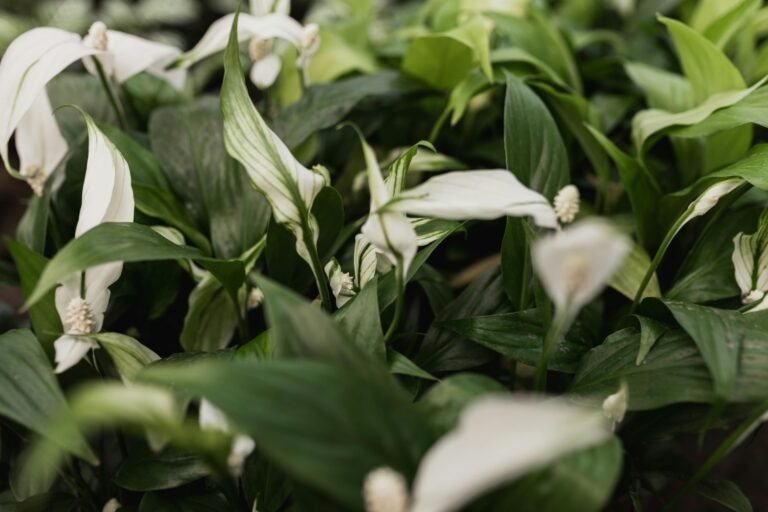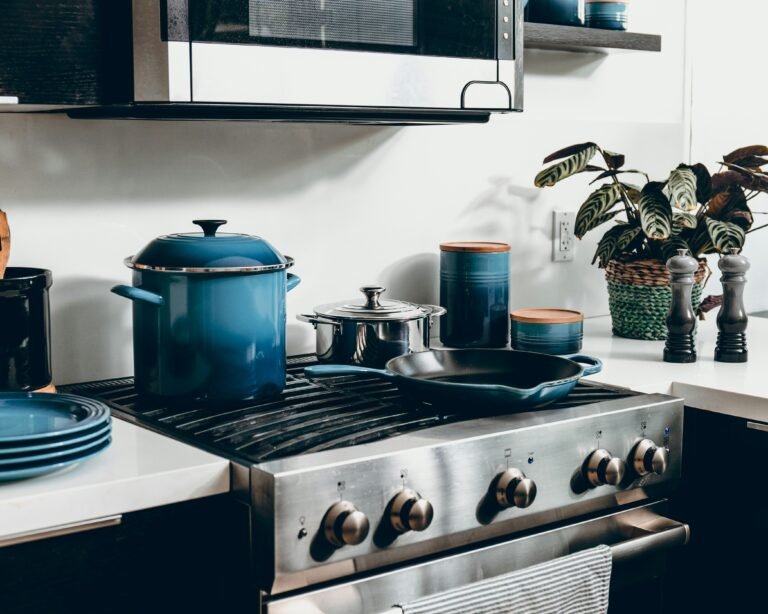Breathe easy with our expert guide on air purifiers-learn how one device can change your indoor air quality today.
The air in your home affects your health. Many experts, such as those at the American Lung Association, warn that poor air quality can trigger allergies and breathing issues. A good air purifier removes dust, pet dander, smoke, and pollen to keep your air clean.
Choosing the right air purifier matters. In this guide, we explain the types, features, and tips to pick the perfect one. This guide helps you breathe easier whether you have allergies or pets.
Section 1: Why You Need an Air Purifier
An air purifier improves your home’s air quality. It helps reduce allergens and pollutants that can harm your breathing. Experts, like those from Harvard Health, agree that cleaner air supports better health.
Pros:
- Removes allergens, dust, and pollutants
- Reduces symptoms of asthma and allergies
- Neutralizes smoke and odors
- Improves respiratory health
Cons:
- Some models are noisy
- HEPA filters need replacement, which can cost money
Pro Tip: If you live in a high pollution area or suffer from allergies, a HEPA air purifier can help a lot.
Section 2: Types of Air Purifiers
Air purifiers use different methods to clean the air. Below are common types explained simply.
1. HEPA Air Purifiers:
HEPA (High-Efficiency Particulate Air) filters trap 99.97% of tiny particles as small as 0.3 microns. They capture dust, pollen, and pet dander well.
- Pros: Excellent for allergy sufferers and traps small particles
- Cons: Filters must be replaced often, which adds cost
2. Ionizer Air Purifiers:
Ionizers release negative ions that make particles stick together and fall. Some models collect these particles, while others leave them to be cleaned.
- Pros: Operate quietly and need little care
- Cons: May emit a bit of ozone and work less well on tiny particles
3. Activated Carbon Air Purifiers:
Activated carbon filters trap odors, smoke, and chemicals. They work well on smells but may not catch dust or pollen.
- Pros: Great at removing odors and harmful gases
- Cons: Should work with HEPA filters for full cleaning
4. UV Air Purifiers:
UV-C light air purifiers kill bacteria, viruses, and mold spores with ultraviolet light. They do not remove particles and work best with other filters.
- Pros: Kill many germs and bacteria
- Cons: Do not filter dust or pollen and may need bulb changes
5. Smart Air Purifiers:
Smart purifiers connect to Wi-Fi and apps. They let you monitor air quality from afar and may show real-time data.
- Pros: Easy remote control and good for smart homes
- Cons: Often cost more and need a stable Wi-Fi connection
Pro Tip: Look for purifiers that combine HEPA and activated carbon filters for the best overall air cleaning.
Section 3: Key Features to Look for in an Air Purifier
When you pick an air purifier, check for features that boost performance for your needs.
1. CADR Rating:
The Clean Air Delivery Rate (CADR) tells you how fast a purifier cleans a room. A higher CADR means faster cleaning.
2. Room Size:
Match the purifier to the room size. Big rooms need stronger purifiers; small rooms can use compact models.
3. Filter Replacement Indicator:
Some purifiers remind you when to replace filters. This feature keeps the unit working well over time.
4. Noise Level:
If you need quiet, choose a purifier that runs silently or includes a sleep mode for low noise.
5. Smart Features:
Smart purifiers let you track air quality from your phone. They are helpful for busy lifestyles.
Pro Tip: If you face allergies and bad smells, choose one with both HEPA and activated carbon filters.
Section 4: Best Air Purifiers for Different Needs
Many air purifiers are available. Here are top choices for various needs.
1. Best for Allergies:
The Levoit Core 300 Air Purifier is ideal for allergy sufferers. It has a true HEPA filter and works well in medium rooms. It is compact, quiet, and affordable.
2. Best for Large Rooms:
The Blueair Blue Pure 211+ Air Purifier cleans big spaces fast. It has a high CADR and uses both HEPA and carbon filters.
3. Best for Pets:
The Honeywell HPA300 Air Purifier works well for pet owners. It manages pet dander and odors, keeping your home fresh.
4. Best Budget-Friendly Option:
The TaoTronics HEPA Air Purifier is a budget-friendly choice. It uses HEPA and activated carbon filters and fits small spaces like bedrooms or offices.
Pro Tip: For multi-level homes, buy a small portable air purifier for each floor to maintain clean air everywhere.
Section 5: Maintaining Your Air Purifier
Keep your air purifier in top shape with regular care.
1. Replace Filters Regularly:
Replace HEPA filters every 6 to 12 months. Change carbon filters every 3 to 6 months. Always follow the manufacturer’s guide.
2. Clean Pre-Filters:
If your purifier has a pre-filter, clean or replace it often. This filter catches large particles and helps your HEPA filter work better.
3. Keep It in a Well-Ventilated Area:
Place your purifier where air flows freely. Do not block its vents with walls or furniture.
Pro Tip: Run your air purifier on a low or medium setting all day. This keeps the air clean and saves energy.
Conclusion:
An air purifier is a key tool for cleaner air. It helps you breathe better and live healthier. Pick the model that fits your needs and enjoy fresher, cleaner air every day.
Ready to boost your home air quality? Check out this air purifier and start your journey to cleaner air: https://amzn.to/4f0uZWw
As an Amazon Associate, I earn from qualifying purchases.
FAQ
- How often should I replace air purifier filters?
- Replace HEPA filters every 6 to 12 months and carbon filters every 3 to 6 months, following the manufacturer’s instructions.
- Can air purifiers remove all pollutants?
- Air purifiers can trap dust, pollen, and pet dander, but they may not remove all gases and chemical pollutants without additional filters.
- Do smart air purifiers really help?
- Yes, they offer remote control and real-time air quality updates, making it easier to maintain a healthy home environment.
Explore this topic: Home Automation
Last updated on August 7, 2025








